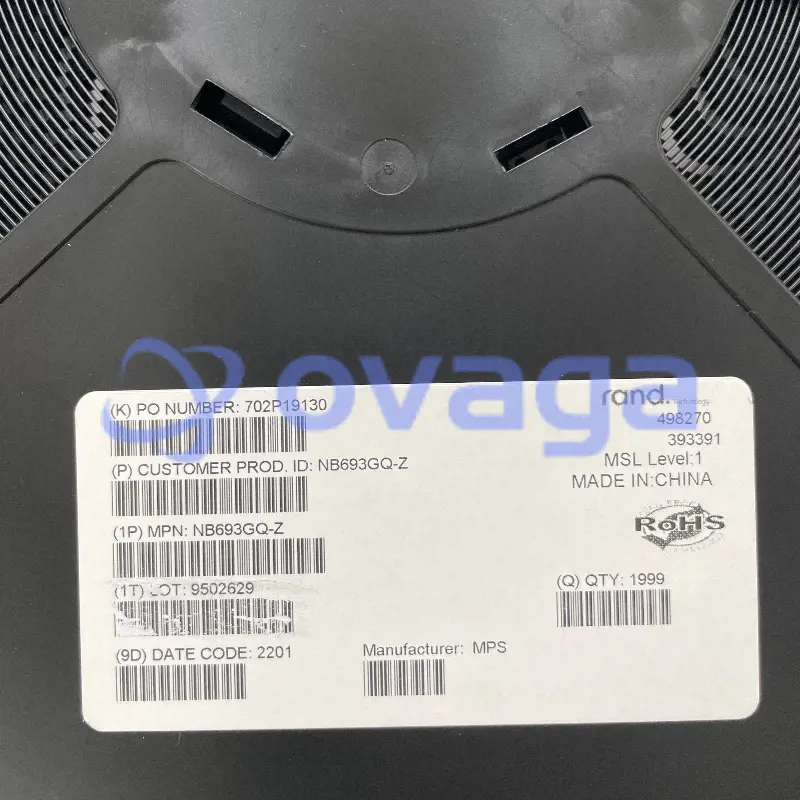What is Wireless Charging, and How is it Implemented?
Update Time: Apr 07, 2023 Readership: 3007
Contents
As the name suggests, wireless charging allows devices to charge without plugging in any cables. It is similar to Wi-Fi in terms of convenience and can theoretically provide power to devices like smartphones anytime, anywhere.
However, the current wireless charging technology cannot transmit power as far as Wi-Fi. Mature solutions can only charge devices within a 10mm range, with an optimal distance of around 3-5mm. This type of wireless charging uses magnetic induction technology.
As technology advances, it is expected that in the next 2-3 years, wireless charging distances may reach 10-30cm, meeting the demand for convenient, unrestricted charging.
Wireless charging requires a transmitter and a receiver. The transmitter is the wireless charger, and the receiver is the charged device, such as a smartphone. Both the transmitter and receiver have coils, and energy is transferred wirelessly through these coils.
To charge a device wirelessly, you need a wireless charger and a device with wireless charging capabilities. The wireless charger connects to a standard charger or laptop via a Micro USB cable and works when a compatible device is placed on top.
Why choose wireless charging?
It offers several advantages over traditional wired charging:
- No tangled wires, providing a clean and elegant appearance.
- No need for constant plugging and unplugging, enabling instant charging and ensuring your device never runs out of power.
- Compatibility across different brands, such as Qi-standard wireless chargers, can charge various devices.
- No risk of electric shock when charging and answering calls, ensuring safety.
- Longer battery life, as devices, can charge whenever needed.
- No need for a wired interface, enabling the creation of fully sealed, waterproof products.
The Principle of Wireless Charging
Wireless charging technology can be divided into four main categories: magnetic induction, magnetic resonance, microwave, and electric field coupling. Currently, mass-produced products primarily use magnetic induction technology.
Magnetic induction wireless charging involves an alternating electric signal passing through the transmitter coil, generating a changing magnetic field. This changing magnetic field induces an electric field in the receiver coil, producing an electric current when a load is connected.
Magnetic resonance wireless charging occurs when the resonance frequency of the receiving coil matches that of the transmitting coil, causing magnetic resonance and transferring energy from the transmitter to the receiver.
Wireless charging efficiency varies depending on the charger and the device being charged. Generally, the charging efficiency is around 70% (65%-75%), with some variation between chargers and transmitters. Charging speed depends on the current supplied by the charger, which can be as high as 1A for wireless chargers.
Radiation is present in wireless charging, but it is not a significant concern due to the low power (5W), short distance (within 25px), magnetic isolation in the transmitter and receiver, and low working frequency (110K-205KHz).
The Market for Wireless Charging
To enter the wireless charging industry, your products must comply with relevant standards and certifications. The market has two major standards organizations: WPC (Wireless Power Consortium) and PMA (Power Matters Alliance).
WPC was established in 2008 and is the oldest standard organization. Its certified brand is the well-known "Qi" logo. WPC initially adopted magnetic induction wireless charging technology, and the current certification standards are all based on Qi's magnetic induction standard. Mass-produced products on the market are either Qi-certified or Qi-compatible.
Some core members of WPC include Conv enientPower, Fulton Innovation, PowerbyProxi, Qualcomm, Freescale, IDT, Rohm, ST, Sony, TI, Toshiba, Haier, Philips, LG, HTC, Nokia, Microsoft, Sangfei, Verizon Wireless, Panasonic, Samsung Electro-Mechanics, Delphi, and Leggett & Platt.
PMA was initiated by the American company Powermat. Its certified brand is Power2.0, which also adopts magnetic induction wireless charging technology. PMA has over 70 members, mainly concentrated in North America and Europe.
Some core members of PMA include Powermat, Starbucks, AT&T, and Energy Star.
Apart from smartphones, other application areas for wireless charging include consumer electronics markets, such as tablets and wearables; home and office markets, with chargers embedded in furniture; small-to-medium power applications in gaming, toys, electric toothbrushes, and electric shavers; medium-power applications in household appliances like PCs and TVs; and high-power applications in electric vehicles, power, and industrial markets. Additionally, wireless charging is ideal for markets with high waterproofing requirements.
Popular Blogs
-
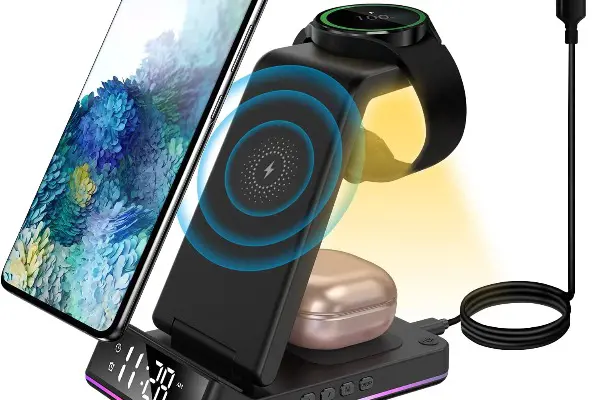
How Does the Bytech ...
Wireless charging has gained significant popular...
-
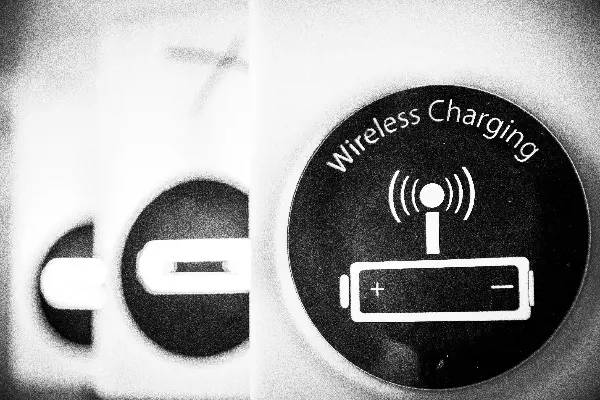
The Difference Betwe...
With the gradual rise of wireless charging techn...
-
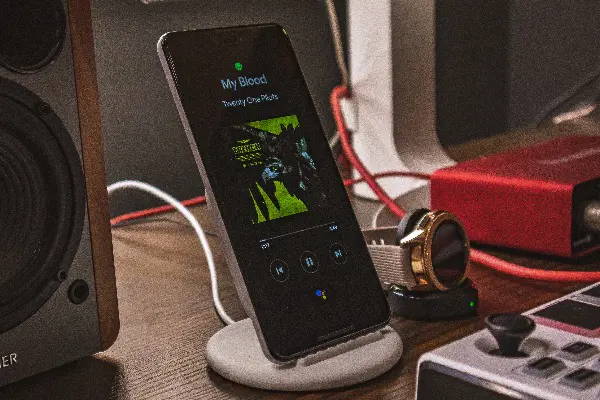
Does Wireless Chargi...
Wireless charging technology originates from wir...
-
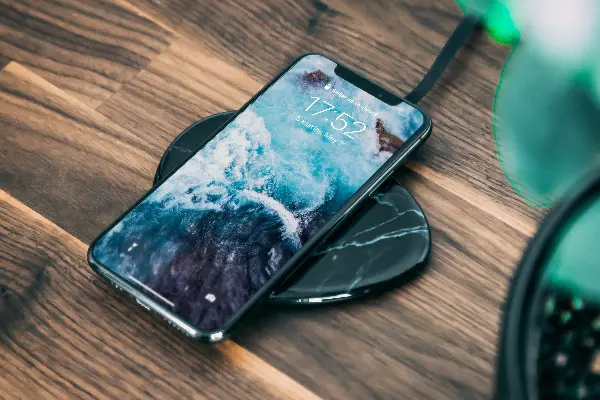
What is Wireless Cha...
As the name suggests, wireless charging allows d...




